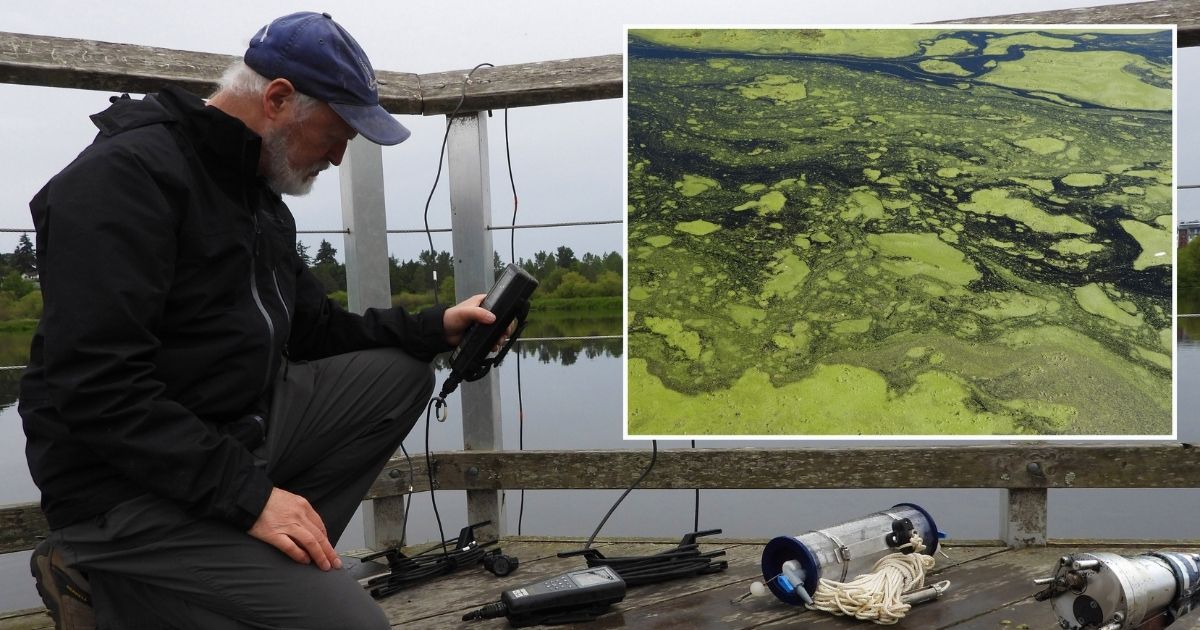ASL Equipment Used to Monitor Algal Blooms in Eutrophic Lake

Over the last three years, ASL Environmental Sciences has provided data loggers to a study being conducted at Swan Lake in Victoria, BC. In an ongoing monitoring program, Rob Bowen of Diversified Scientific Solutions has been looking at the relationships between dissolved oxygen, nutrients and cyanobacteria blooms.
In 2018, an ASL Environmental Sciences multi-frequency Acoustic Zooplankton Fish Profiler (AZFP) was used to examine the vertical migration of the cyanobacteria Aphanizomenon flos-aquae as this species has the ability to self-regulate its position in the water column by inflating or ballasting elongated gas vacuoles to control buoyancy. This dominant species was largely responsible for dissolved oxygen production through photosynthesis. Time series of the AZFP acoustic data demonstrated a predictable diurnal pattern that strongly correlates with light penetration and nutrient availability. During this deployment, a late summer hypoxic event was observed which resulted in a fish kill. Leading up to this fish kill, both phosphate and dissolved oxygen (DO) concentrations collapsed and the AZFP saw a rapid diminishing of acoustic volume backscatter. The explanatory power of combining DO loggers, the AZFP with its ability to track position and abundance of cyanobacteria, as well as nutrient testing, gives valuable insights into the dynamics that led up to this fish kill, a problem that’s on the rise globally.
 Comparison of dissolved oxygen diurnal cycling with light penetration data from lux loggers.
Comparison of dissolved oxygen diurnal cycling with light penetration data from lux loggers.
More recently, over the last two years, ASL DO loggers have recorded high amplitude diurnal DO cycling between algal photosynthesis and respiration. By continuing this monitoring program, time series of DO, pH, oxygen reduction potential and nutrients are revealing seasonal patterns and possible explanations of the interrelationship of these parameters and the timing and severity of algal blooms. Lux loggers were installed this year to measure light penetration. These loggers were deployed within the photic zone and placed at the same depth as the DO loggers with coincident sampling rates of 20 minutes (see plot below). Such research is necessary background to provide a science-based approach to improving the health of urban eutrophic lakes.
For more information, visit ASL equipment leasing.

